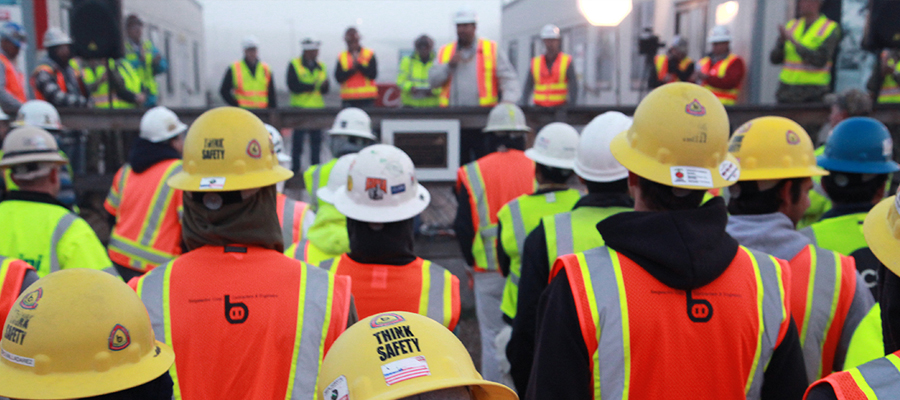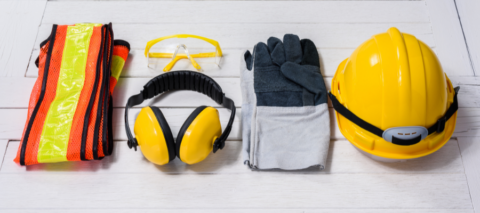Creating a safety culture can be a difficult task to take on. Oftentimes, most everyone has a different definition of what safety means, making the ability to settle on one direction seemingly impossible. It’s also a topic that encompasses so many elements in the way a company functions—from how the company manages its employees to the way employees work one-on-one together on the job site. And, just as importantly, a truly successful safety culture requires the buy-in and support of employees across the board—from the high-level management team to the boots on the ground.
Despite the difficulties that can be faced, establishing a safety culture is as critical as employees are the most valuable asset a company can ever have. So how does a company establish a quality safety culture? Here are four steps that can serve as a great starting point in motivating safety across your business.
Four Steps to a Safety Culture
- Understand Risks
Before a culture of safety can be instituted, a company first must understand the risks that they are faced with every day. This means looking at prior accidents, near misses, and even successes in the past where accidents have been avoided. Understanding and evaluating these risks is critical in knowing how to start building a safer workplace. - Create and Implement the Plan
After potential risks are evaluated and understood, companies should put formal processes and standard operating procedures in place for employees to follow that will reduce or even eliminate risks. These processes and procedures should be consistent and communicated to employees regularly. This could include scheduled training and even drills for employees to routinely practice. - Commit to Safety
Once a plan has been put in place, it’s essential to get everyone at the company—from top executives to low-level workers—to commit to creating a safe workplace and, even beyond that, committing to work safely themselves. This includes all employees changing their mindsets in order to view safety as the most important a priority 100% of the time. - Monitor the Plan
Things in the business world are always apt to change, so a successful safety program has to be monitored and evaluated to ensure that it still is applicable and working appropriately for the business. Tracking metrics—such as the number of days without an incident, workers compensation costs, and production downtime—is an important part of monitoring the safety plan. The company’s safety leaders should routinely assess the program, analyze all metrics, and even get feedback from employees—they are the ones who work within the established safety program every day.
Implementing a safety culture is a serious undertaking for any company. At OHC, we believe the best way to handle accidents is to prevent them. To do that, a company must have a proper safety program in place. We’ve helped dozens of clients implement a successful safety culture and create not only a safer work environment but also a more productive one. Give us a call and we start building your safety culture today.







